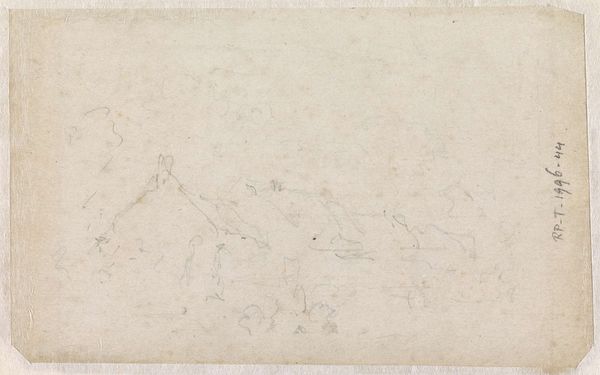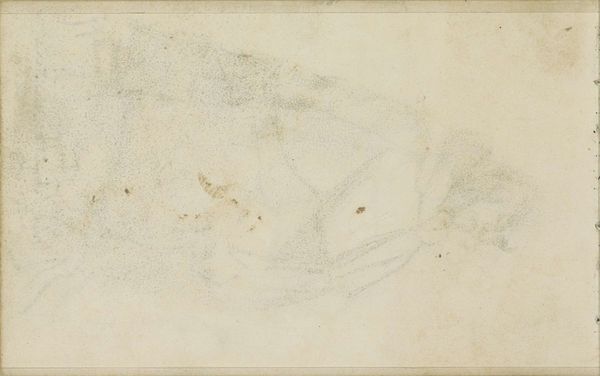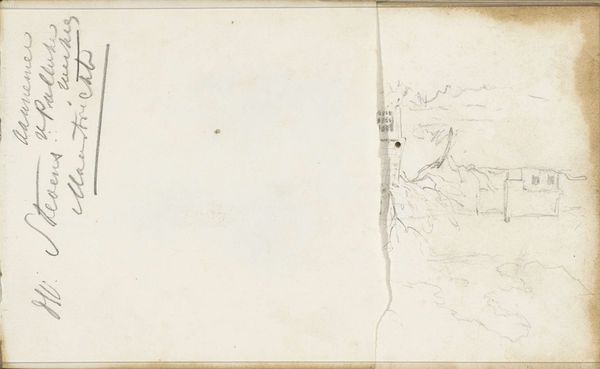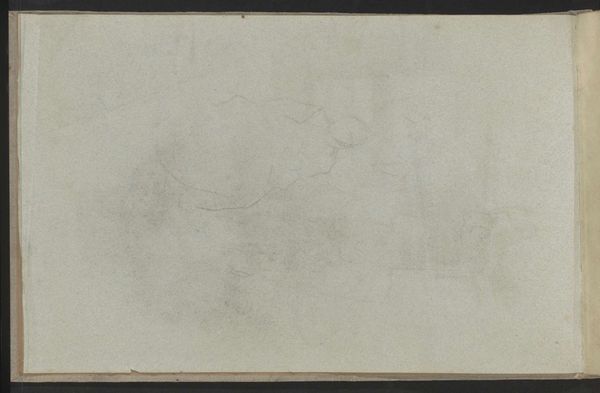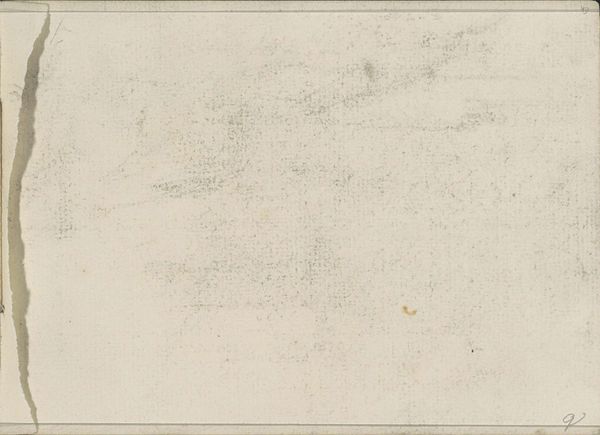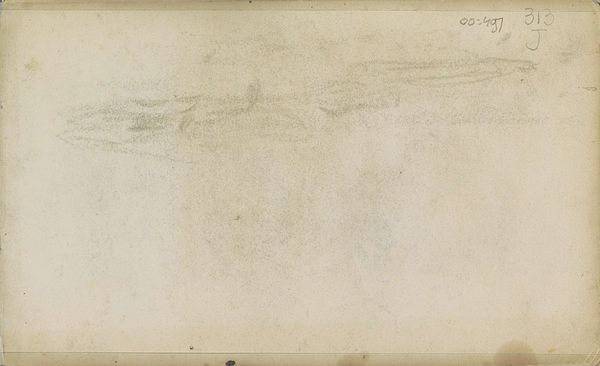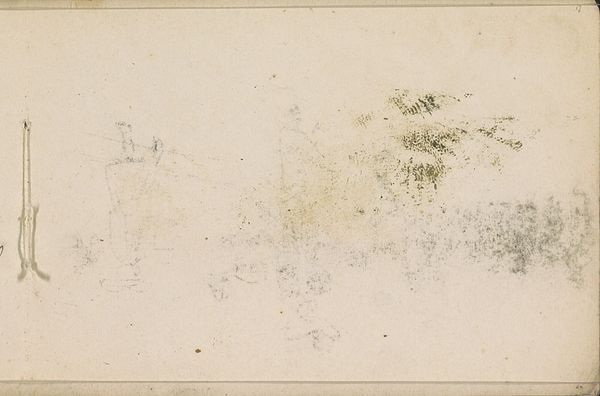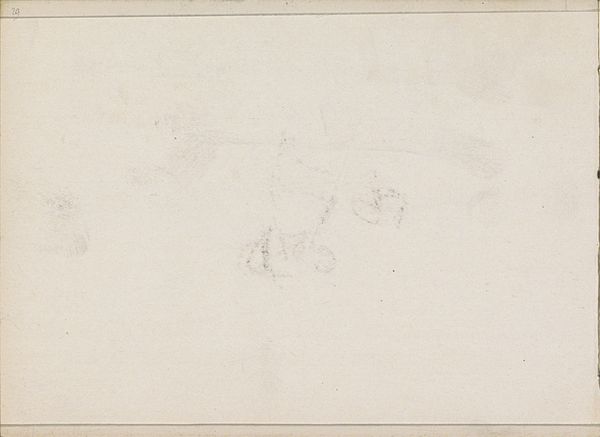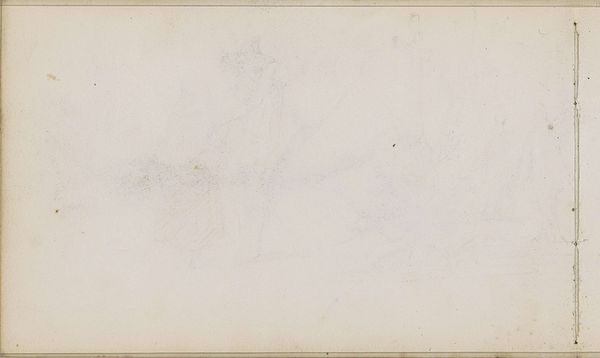
drawing, pencil
#
drawing
#
landscape
#
romanticism
#
pencil
#
watercolor
Copyright: Rijks Museum: Open Domain
This is Johannes Tavenraat's "Bergen," a drawing on paper now held in the Rijksmuseum. At first glance, the delicate pencil strokes and pale hues create an ephemeral, dreamlike quality. The composition is open and airy, dominated by the off-white of the page, sparsely populated with faint lines and notations. Tavenraat uses line not to define solid forms, but to suggest fleeting impressions of the landscape. Notice how the sketch destabilizes the traditional landscape genre by dissolving clear outlines and fixed perspectives. This approach aligns with the 19th-century shift towards subjective experience, reflecting a departure from academic conventions towards a more personal, sensory engagement with the world. The scattered notations function almost as a semiotic system, hinting at the artist's attempt to capture not just the visual, but also the atmospheric essence of Bergen. Ultimately, the drawing invites contemplation on the nature of perception and representation. Its incompleteness reminds us that art is not about capturing a fixed reality, but about the ongoing process of interpretation. The bareness of the page and the transience of the lines challenge us to consider how meaning is constructed through absence, and how art can evoke a world with minimal means.
Comments
No comments
Be the first to comment and join the conversation on the ultimate creative platform.
